
Blueprints are the road map for transforming materials into finished products. Understanding how to read and interpret a blueprint is a universal skill that is used in almost every industry.
Learning Objectives
- Explain the history of blueprints
- Define the language of blueprints
- List the types of blueprints
- Explain why blueprints are standardized
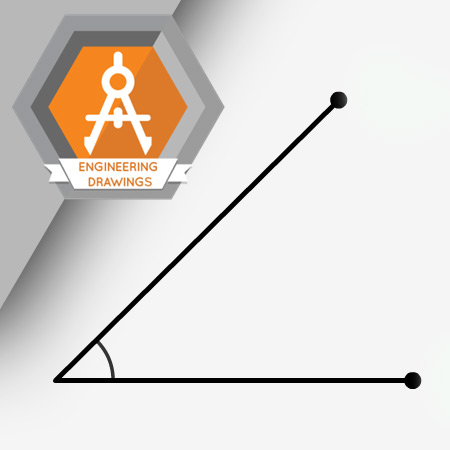
Some words and phrases you use in everyday conversation have different meanings when applied to blueprint reading. In this course, you will learn the meanings of words and phrases as they are used on blueprints.
Learning Objectives
- List the basic shapes used on blueprints
- Identify line types used on blueprints
- Identify the angle types you will see on blueprints
- Explain the relationships that exist between two or more lines
- Explain the relationships that exist between two or more circles
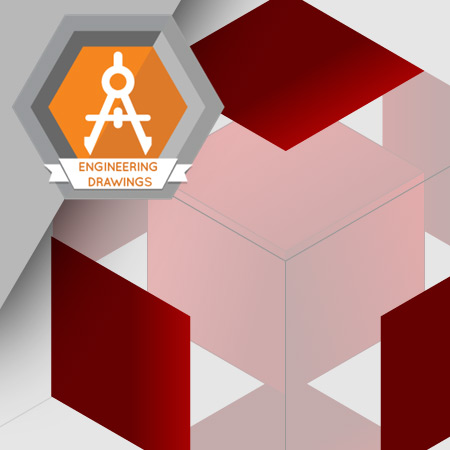
The key to blueprint reading is understanding how to visually interpret product illustrations. In this course, you will learn how blueprints are drawn and how to see a three-dimensional object on a two-dimensional surface.
Learning Objectives
- Explain how blueprints are drawn
- Explain the difference between perspective, isometric, and orthographic drawings
- Define each of the orthographic views on a blueprint
- Visualize three-dimensional objects drawn as two-dimensional objects
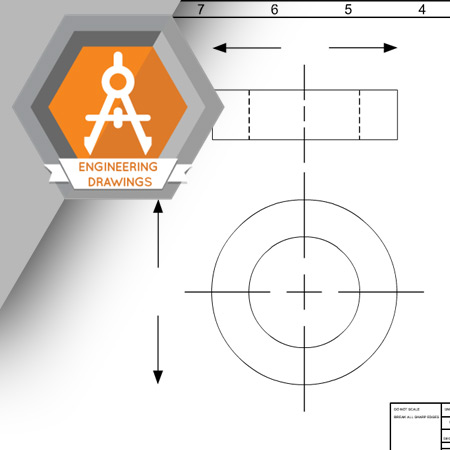
The picture area of a blueprint is the engineer’s answer to a design problem. The engineer puts the answer on a drawing using lines and symbols that are common to the industry. In this course, you will learn how to read and interpret the lines on a blueprint.
Learning Objectives- Identify each type of line used in a blueprint drawing
- Interpret a product based upon a line drawing
- Interpret hidden features on a blueprint drawing
- Identify other views of the product on the blueprint drawing
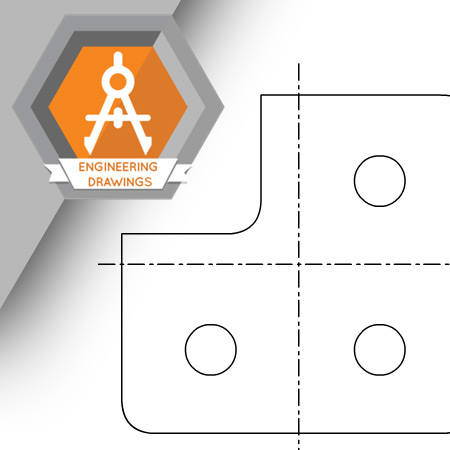
Dimensions and tolerances are used to define the distances between lines, planes, and symbols on a blueprint. In this course, you will learn how dimensions and tolerances make it possible to mass produce products with extraordinary levels of consistency and accuracy.
Learning Objectives- Identify the different types of dimensions
- Identify the different types of tolerances
- Explain the purpose of dimension lines and extension lines
- Identify tolerancing methods
- Calculate tolerances
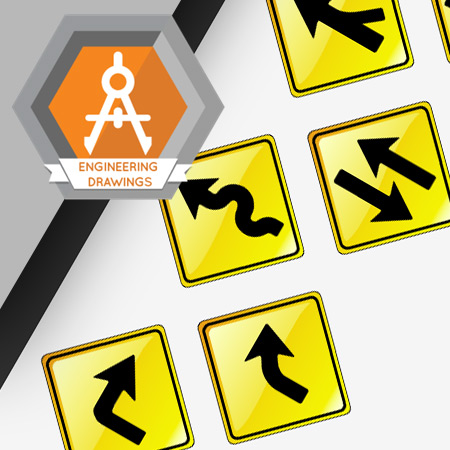
Blueprints have unique standardized symbols that are used to communicate additional information about the product. Recognizing these symbols and their meanings is the final step to effectively reading blueprints.
Learning Objectives
- Define the product datum
- List the categories of blueprint symbols
- Identify the most common symbols used on blueprints
- Identify the type of fastener specified on a blueprint
- Locate product feature symbols on a product drawing
